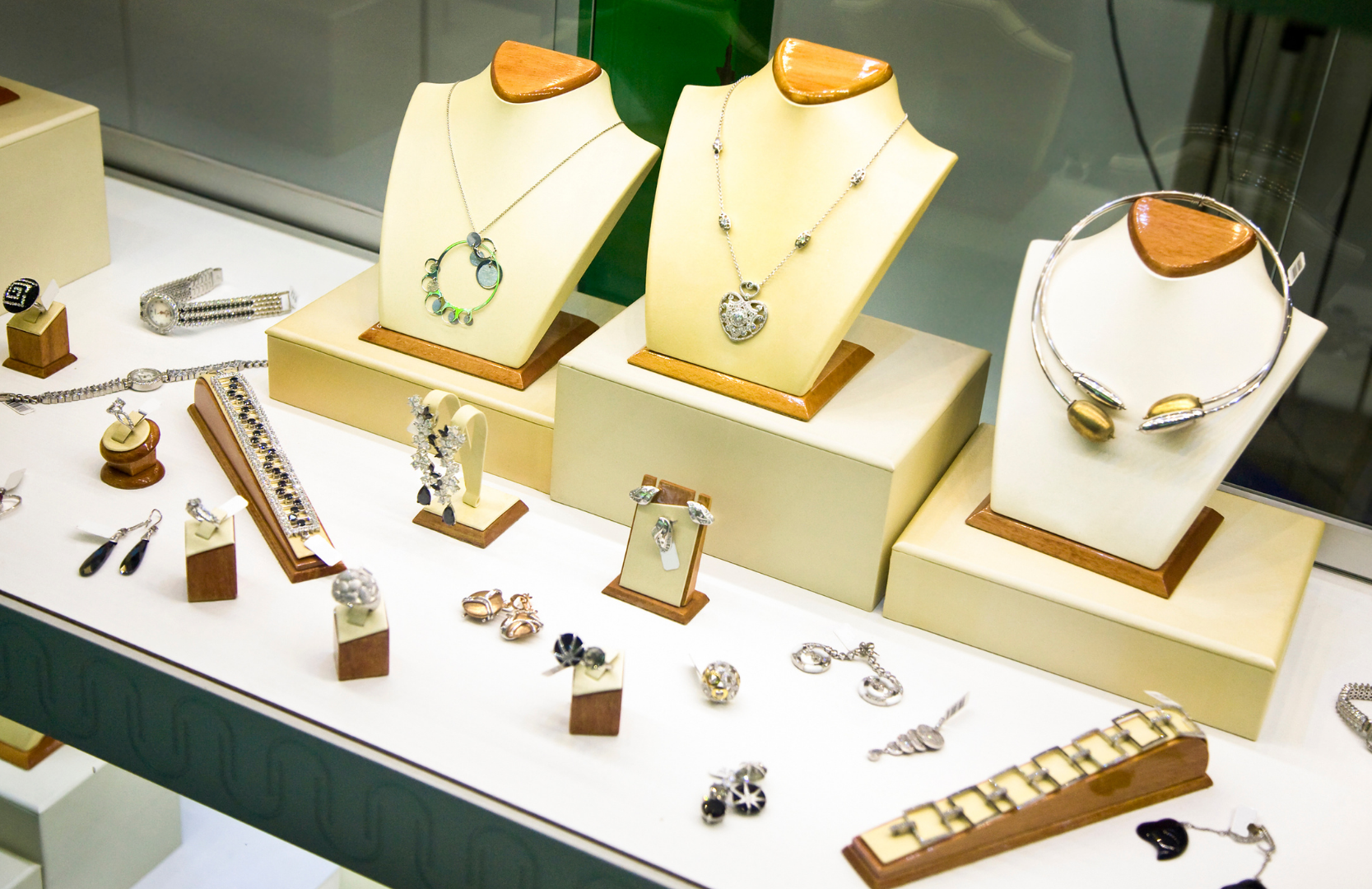Crisis Management for Luxury
and Jewellery Brands
and Jewellery Brands
5 Ways for Effective Crisis Management for
Jewellery Businesses
Jewellery Businesses

The COVID-19 pandemic brought along uncertainty which continues to pursue us, even till this day.
The year 2020 showed us the potential impact of a large-scale global business disruption. As the
pandemic spread worldwide, businesses had to shut down or switch to remote working practices
and amend strategies to generate profits in the “New Normal”.
For industries such as jewellery and luxury, it caused tremendous disruption since the physical
shopping experience is vital for sales. Luxury and jewellery brands have had to improvise and come
up with new strategies to manage the effects of this crisis.
Here are some ways in which your jewellery business can try to mitigate risks and handle a crisis
effectively, especially during this pandemic:
Identify your risks
Marketing

The jewellery industry has been one of the hardest-hit in this pandemic as sales depend on
celebration and love – which can be quite difficult to find at a time when people around us are facing
an enormous loss of life.
Selling jewellery is an emotional affair. Jewellery sells during joyous occasions, not necessarily during
gloomy seasons. At this moment in time, jewellery retailers cannot sell their products based on
functionality. Rather, it has to be based on the emotional value of it. You might have to change your
marketing strategy for this and one of the ways in which this can be done is promoting the idea that
at times like these one must make sure the ones we love know it. Keep them close and don’t be
afraid to show your love.
Even historically speaking, jewellery has been known as a great way to do that. This is illustrated
through trends of increased engagements during recession and war time in the past.
Apart from jewellery as a gift, women are also showering somel self love. The current trend of
minimalistic jewellery and self use frequent wear jewellery is on a rise. Amid different phases of the
pandemic, revenge buying has also led to a spurt in jewellery purchases. The Jeweller must
understand and gauge consumer moods and prepare to pitch his jewellery collections accordingly.
Communicate, communicate, and communicate
Embracing technology

Meanwhile, focus on cultivating a stronger online and e-commerce presence in luxury and jewellery
segment, in terms of marketing and shopping. With most people working from home, and outdoor
activities on a decline, they are mostly likely to consume digital spaces more.
Since the pandemic has made it harder to shop in-person, let your customers know that you have
options beyond in-person shopping. This is the time to build an online retail presence. Today,
consumers are taking charge of their shopping experience – everything is available to them at the
click on a button. Using Augmented Reality on your website or app can allow your customers to see
how a piece of jewellery looks on them. It creates a smoother experience for the customers and
helps your business stay relevant in a pandemic.
There are others to leverage technology to connect with your customers eg. Texts, emails, Instagram
lives, social media videos, Face-Time, video-conferencing are some of the ways in which retail
jewellers can interact with customers who can’t visit the store.
Social media platforms such as Facebook, Youtube, Instagram etc are spaces where retailers can
advertise for lower cost since there is an increase in digital consumption.
Embracing augmented reality is another example of using technology to enhance customer
experience.
